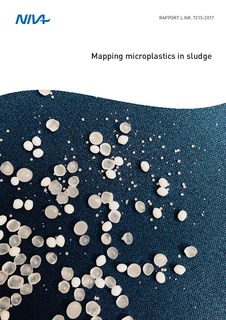Mapping microplastics in sludge
Research report
Published version
Permanent lenke
http://hdl.handle.net/11250/2493527Utgivelsesdato
2017Metadata
Vis full innførselSamlinger
- NIVA-rapporter [6995]
Sammendrag
The main objective of this project was to characterize microplastics in sewage sludge from Norwegian domestic wastewater treatment plants applying different wastewater and sludge treatment technologies. WWTPs were selected to cover the threemain domestic WWTP categories in Norway and the main applied sludge treatment processes. Fenton’s reagent was used to remove organic matter and density separations were employed to extract microplastics from sludge samples. Plastics were found in all ten sludge samples investigated from eight WWTPs. The overall average plastic abundance was 6 077 particles kg-1 (d.w.) (1701 – 19 837) or 1 176 889 particles m-3 (470 270 – 3 394 274). Based on the average microplastic abundance and the present application of sewage sludge in Norway, it was estimated that over 500 billion microplastics are released into the environment via sewage sludge application each year, to agricultural soils, green areas and soil producers. This likely represents a significant source of microplastics to terrestrial and marine systems.
Beskrivelse
Project manager Marianne Olsen
Utgiver
Norsk institutt for vannforskningSerie
NIVA-rapport;7215Miljødirektoratet-rapport;907

